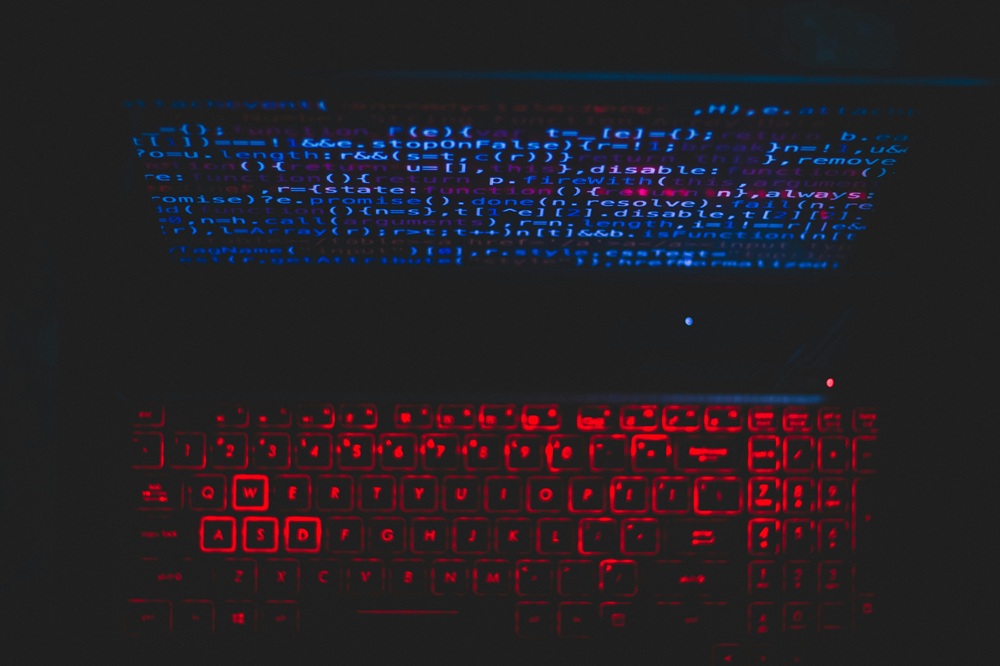Building AI Frameworks
For AI-driven defence to be truly effective, it must operate within clear frameworks of governance, regulation and ethics. Building trust is no longer optional — it is the precondition for innovation.
Governance defines control. It ensures AI systems act within authorised boundaries and remain accountable for their decisions. Without it, AI becomes a black box that may deliver short-term benefits but creates long-term exposure. Transparent, policy-aligned systems not only detect and respond to threats effectively but can also demonstrate compliance under scrutiny — a critical distinction in regulated environments.

